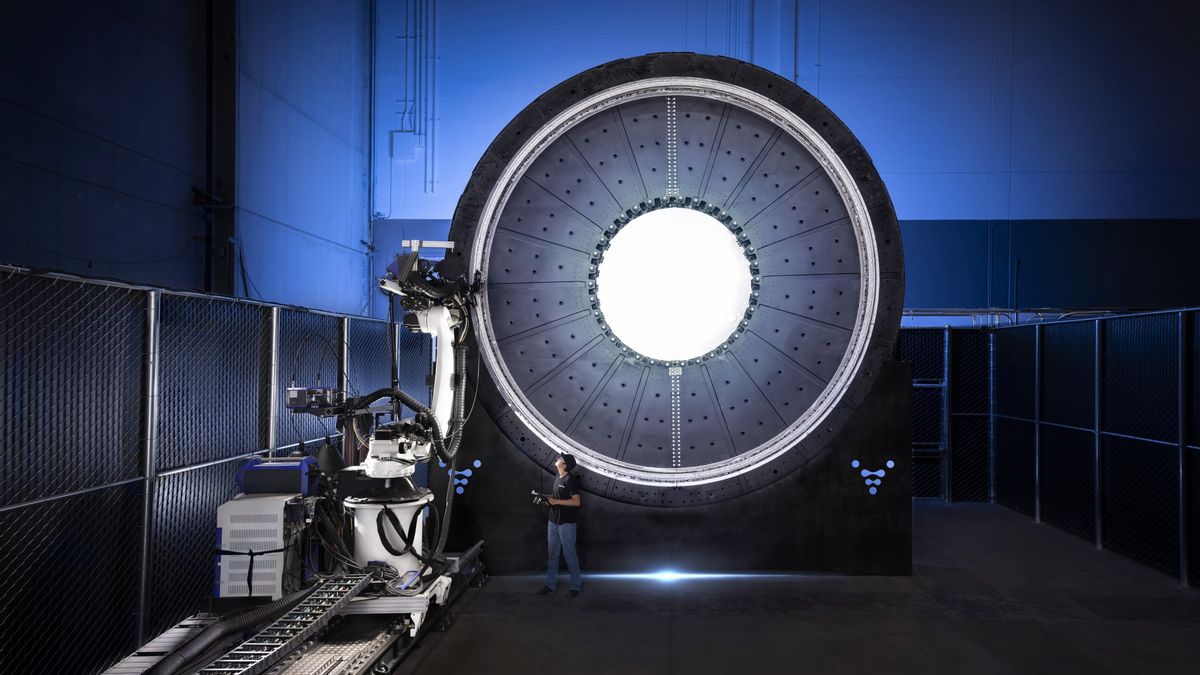JAKARTA - The Relativity Space rocket maker has built a giant 3D printing robot that allows companies to build products other than rockets. This printer, according to Tim Ellis, chief executive of Relativity, will be launched in the near future.
The Los Angeles-based startup is targeting the end of the year for its mostly 3D printed flagship rocket debut launch, Terran 1. This rocket is one of a handful of US small launch vehicles offered by the new company to send small satellites into orbit.
The 3D run of the upgraded Relativity Space, is the latest in a lineup called Stargate, mainly to be used to build a larger next-generation Terran R rocket, Ellis said. However, Ellis said his company could also explore projects in areas such as clean energy and "materials for other applications."
🚨 Surprise! Meet our newest Stargate 4th Generation metal 3D printers. Bigger. Faster. Stronger. Developed in-house. Horizontal printing, ramping up the development and rate production of Terran R. 🚀 *Human for scale* 🗞️ https://t.co/4PVGIpW0Ic#TerranR #3Dprinting pic.twitter.com/puBX4IaFIe
— Relativity Space (@relativityspace) October 24, 2022
"This big 3D metal format print really means we are just starting with rockets," Tim Ellis told Reuters. "When this technology matures and we show that we can build and develop it ourselves, then we will be able to take on other projects."
According to Ellis, the company is working with a nuclear fusion company to use a new 3D printer to print parts of the fusion reactor. It's a shame he refused to mention the company's name for citing the non-disclosure agreement.
Relativity Space has focused its rocket production line on its own developed 3D printer, as it sees strategy as an advantage among competitors to simplify the design and manufacture of spare parts and rocket engines.
The new printer is seven to 12 times faster than the previous version and is designed to print four Terran R rockets per year, Ellis said. So far, Relativity Space has a Terran R launch contract worth US$1.2 billion (Rp 18.5 trillion).
Relativity Space rivals, such as Astra Space and Rocket Lab, have also offered side products such as satellite parts, to bring in more revenue amid expensive and time-consuming rocket development projects.
Global interest in nuclear fusion, a form of nascent power generation, is increasing amid the growing need to reduce carbon emissions. This is also envisioned by scientists as a potentially important energy source for the planned habitat on the moon.
The English, Chinese, Japanese, Arabic, and French versions are automatically generated by the AI. So there may still be inaccuracies in translating, please always see Indonesian as our main language. (system supported by DigitalSiber.id)











